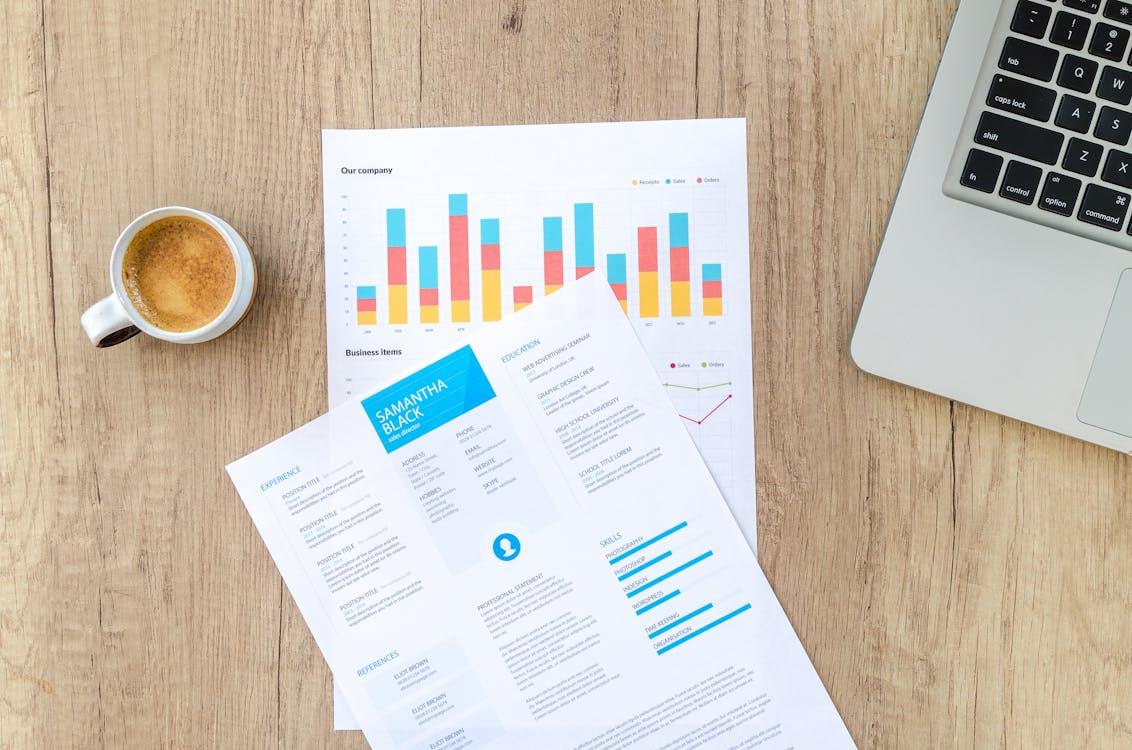
The year 2022 is nearing its end and completing your year-end payroll is crucial to keep your records straight and updated in preparation for the new year. To help you stay on track, a year-end payroll checklist is important to come up with accurate financial reporting. It will also set a benchmark when creating your first payroll in the new year.
Having a well-prepared and up-to-date payroll is also necessary if you want to pay your business tax obligations on time. Knowing the steps in completing a year-end payroll and accomplishing the requirements for tax payments will make you more organized in welcoming a new year ahead.
What is a Year-end Payroll?
A year-end payroll is the process of checking, reviewing and verifying all financial information pertaining to employee compensation, benefits and obligations. Although it literally means payroll at the end of the year, the year-end payroll covers the fourth quarter of the current fiscal year until the first quarter of the next year
What are the things involved in preparing a year-end payroll?
A lot of things should be considered when preparing the company’s year-end payroll such as:
- Employee compensation
- Deductions to be withheld
- Tax liabilities
- Forms
- Bonuses and benefits
Although these considerations seem the usual ones each payday, a careful review of these things will help you clearly begin your records for next year. Employee compensations may change the following year as some employees will undergo annual performance reviews which may result in increased salaries. Some benefits may not have been used yet, so you can remind all employees to maximize their allotted benefits for the entire year.

7 Steps in Completing your Year-end Payroll
There are several steps in accomplishing a year-end payroll but here are a few of those you shouldn't miss.
1. Check and verify your business information
Accurate and updated information saves you from repeating the entire payroll preparation process. Make sure that employee names, positions, addresses, phone numbers and social security numbers are correct before filling out the forms and computing the compensation and benefits. You may also ask employees to give correct and up-to-date personal information and verify the existing record on your system.
2. Validate taxes, wages, and benefits
Verify all payroll details including tax exemption and non-exemption, year-to-date wages and taxes, and tax numbers. You may also need to indicate the employee status as active, terminated, on leave, or promoted.
3. Review your state’s or government’s tax regulations
Government regulations and tax calculations may change each year and what is applicable at year-end may not be valid next year. Since the year-end payroll consists of both the beginning of the current year and the incoming one, knowing any government modifications on regulations can help correct tax payments.
4. Check employee deductions and unused benefits
Employee deductions may refer to shared contributions on dental, life insurance, medical and other voluntary contributions. Employees may have also applied for change requests which should be implemented in the next calendar year.
Not all employees may have used their paid leave credits so you may have to inform them so they can utilize this benefit. In some organizations, unused paid leaves may be rolled over to the next fiscal year or may be converted to cash benefits.
5. Evaluate paid and medical leave rates
Paid leave and medical leave rates are usually set by the state or government where your business is located. Check if your employees are eligible and know what rates are applicable. The state is also responsible for setting the duration of applicable leaves annually.
6. Evaluate year-end reports and make changes when necessary
Different types of reports signify the end of the current fiscal year. While preparing your year-end report, you may also want to evaluate other types of reporting including workers’ compensation, payroll summary, and retirement contributions.
7. File the tax forms
Tax forms are important in compliance with government regulations on employee management. Most government agencies would ask employees for proof of tax payments which can only be facilitated by their employers most of the time.

Tips when Preparing your Year-end Payroll
Preparing your year-end payroll does not start in the fourth quarter of the year. Actually, the accuracy of the information can be tracked and updated each quarter. Here are a few tips to ensure hassle-free yearn-end payroll processing:
Record all disbursements and processed checks as soon as possible
You should have a record of each time your HR and accounting departments disburse money for employee compensation and benefit. It is not easy to finalise the year-end payroll if you haven't checked or verified the information. Keep a record of all disbursements as soon as they happen. A detailed breakdown of each pay period will also ensure that the amounts are logged accurately.
Follow up on outstanding checks
Outstanding checks are those which have not yet been cashed out but were already released as a form of payment. If the payee has not yet encashed the check, the payment amount is still in your account and will appear as a liability. Get in touch with the employee to whom the check payment was made and make sure your payroll record is updated accordingly.
Keep your records updated at all times
Misspelling of employee names and changes in the address are just a few of the things you need to update and rectify each year. You dont need to wait for the fourth quarter to do all reviews and verification.
Conclusion
There is nothing more rewarding for every employee than to be paid right ad be given the best benefits packages which they could enjoy throughout an entire year. Having a reliable payroll and HR platform like ZEBRA will help you organise not only your year-end payroll, tax obligations, and HR functions. A properly figured payroll is key to ensuring that your workforce is justly compensated and no benefit is left unused for the next year.





